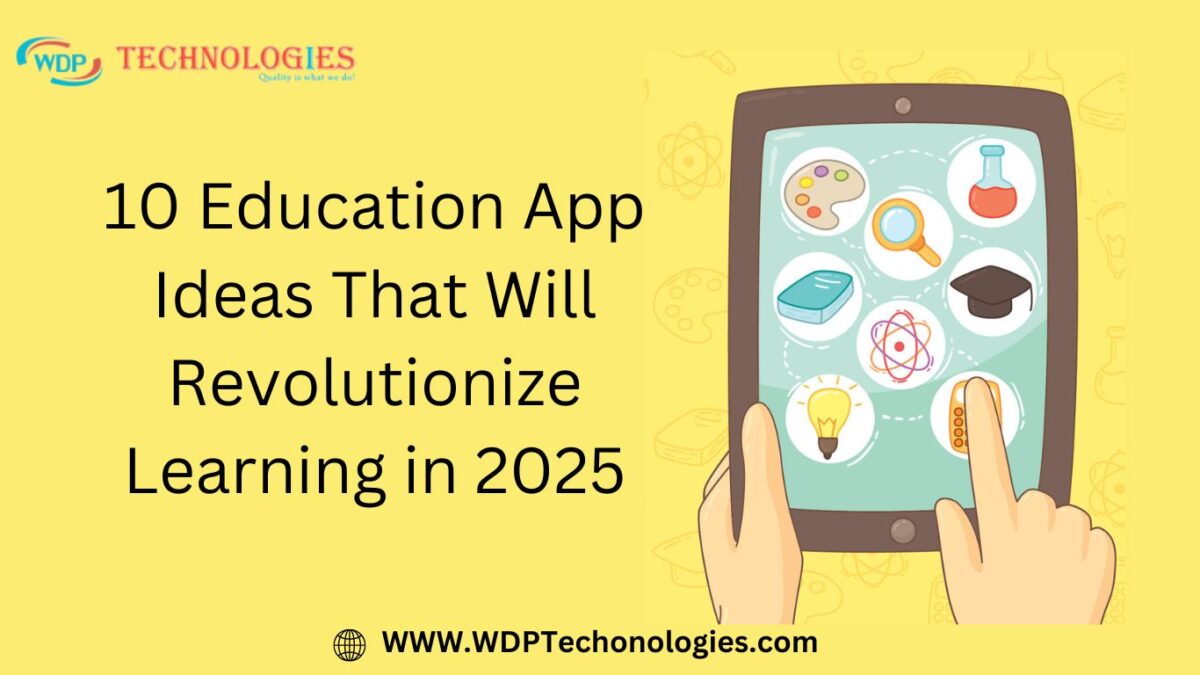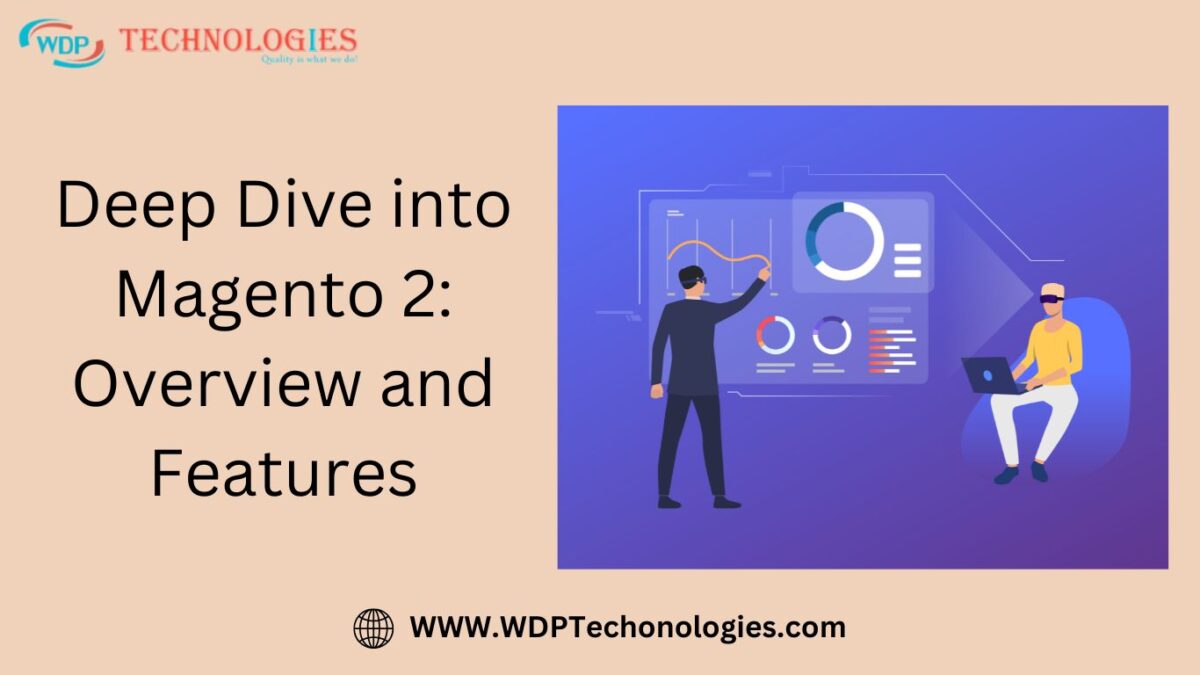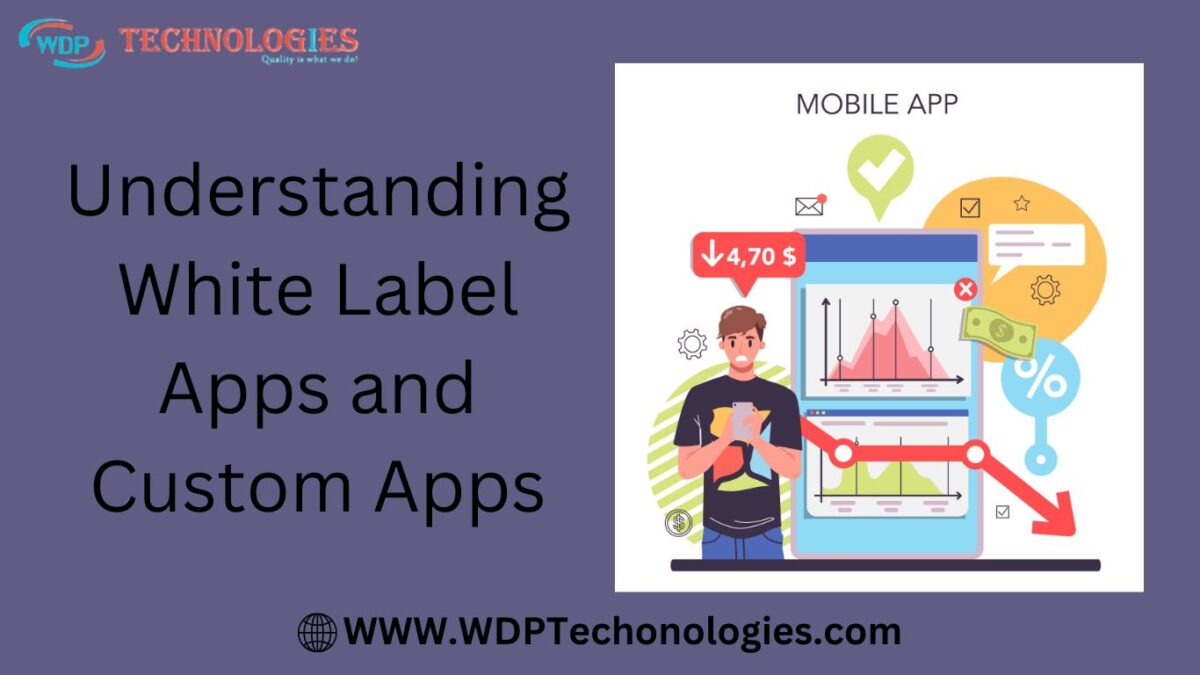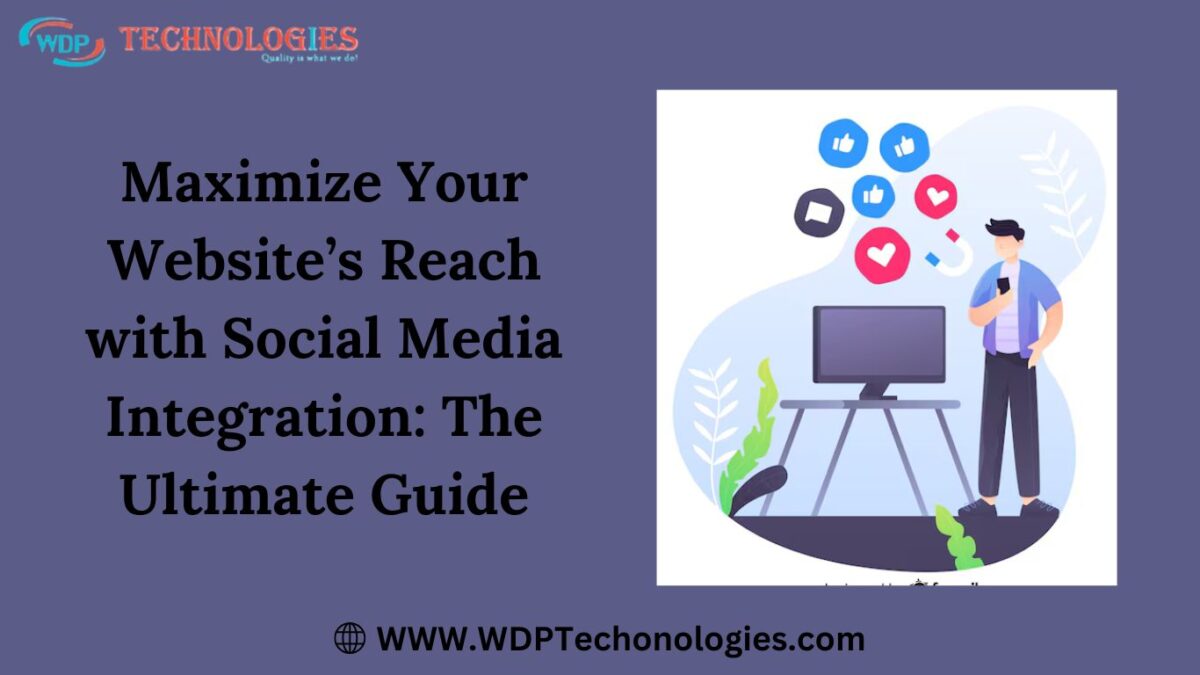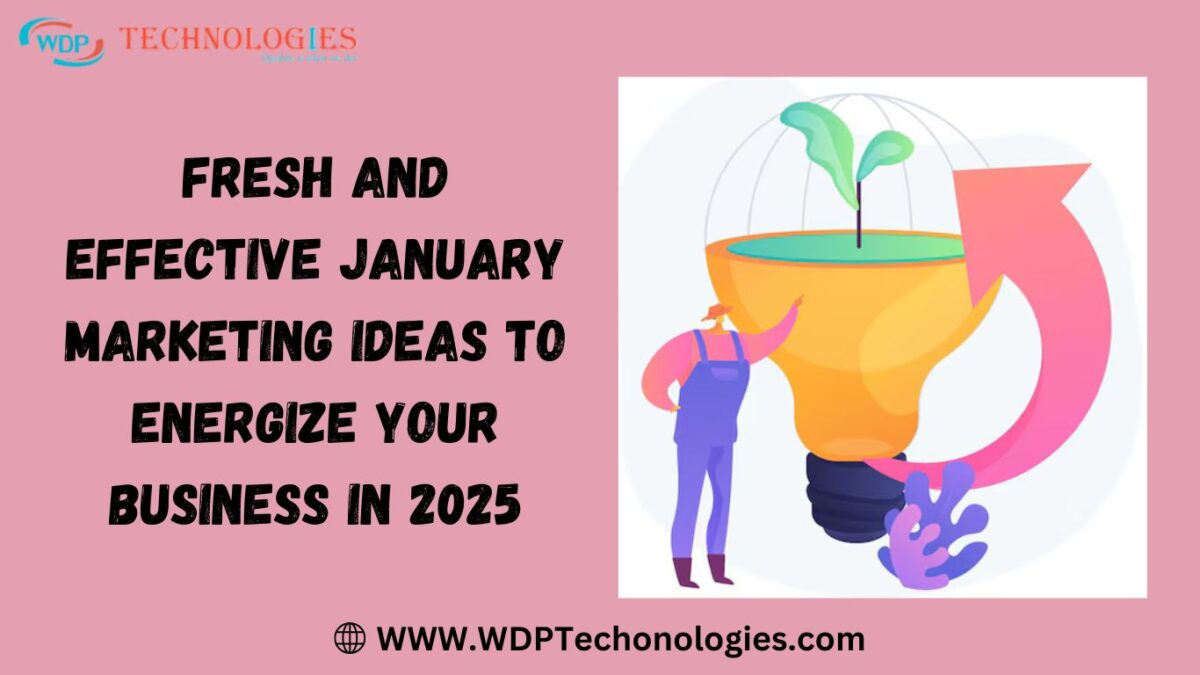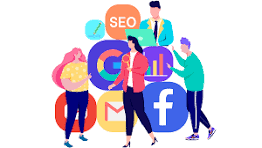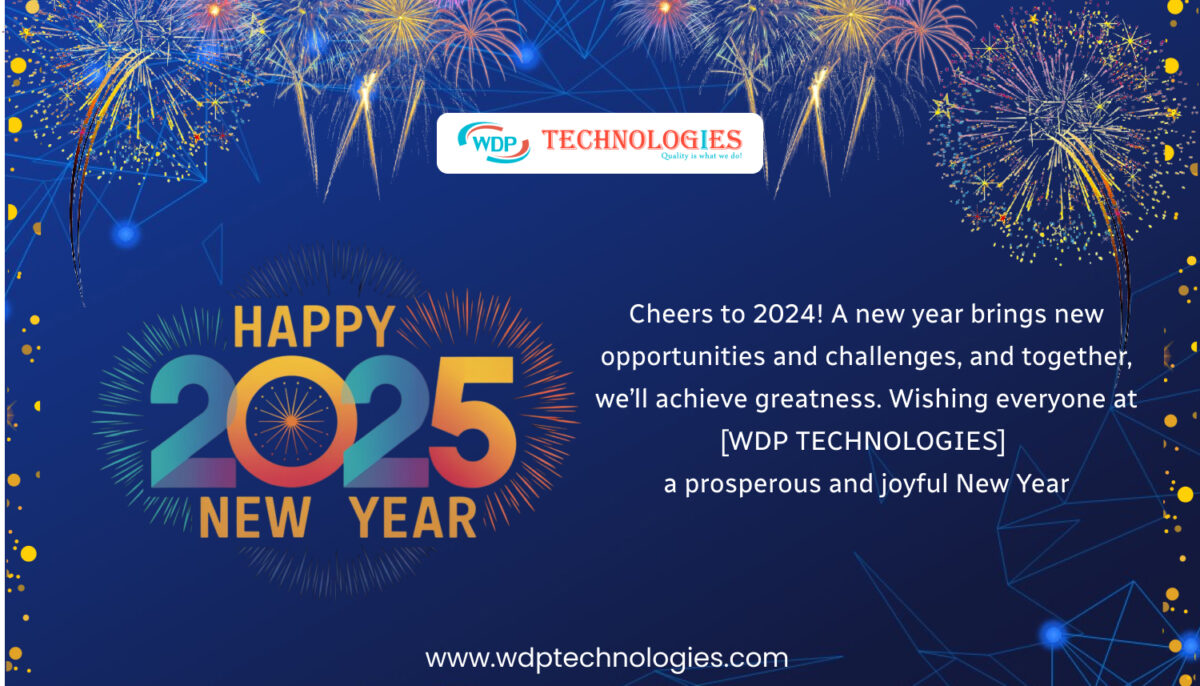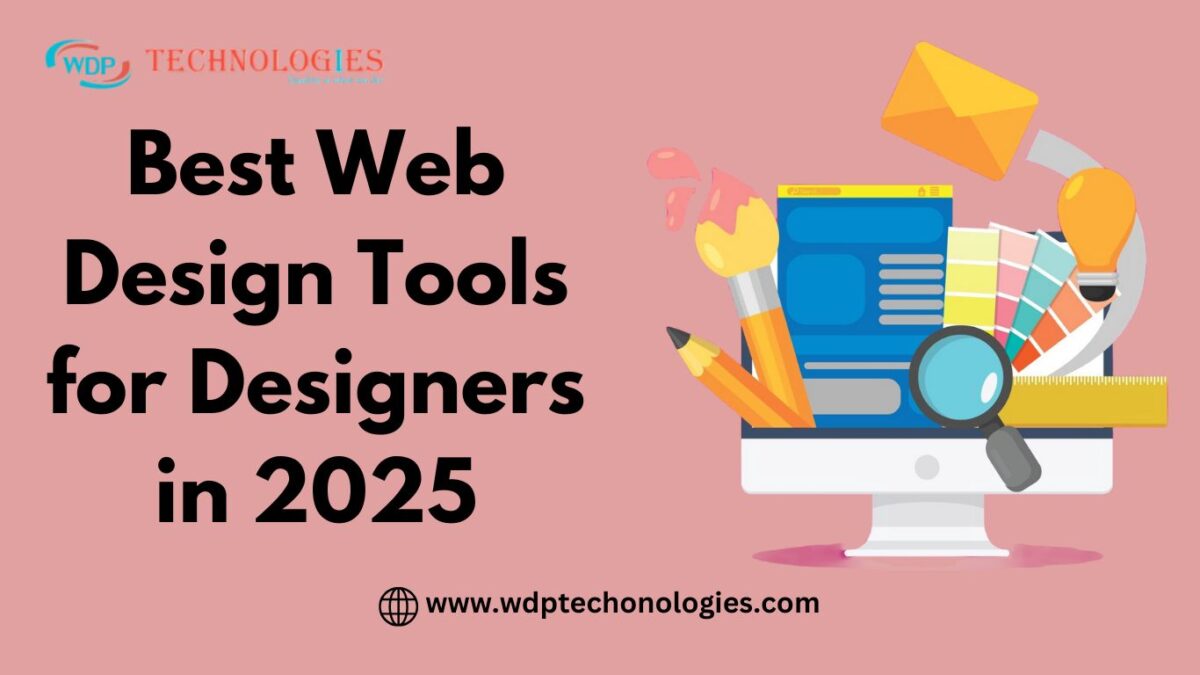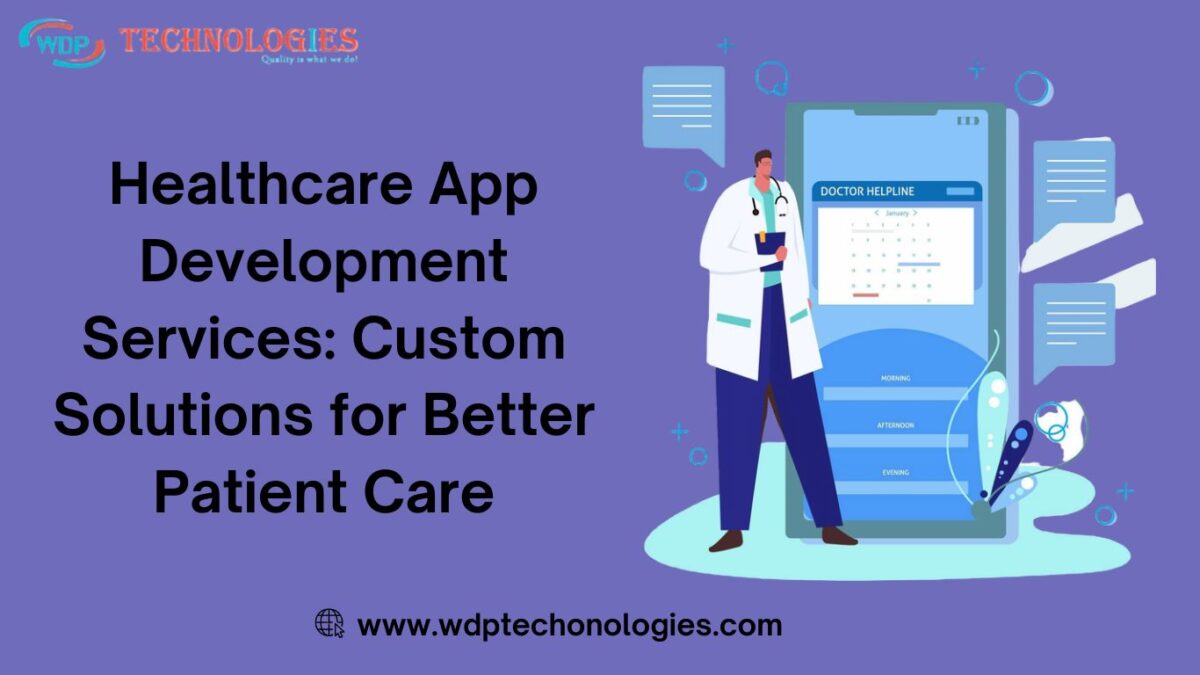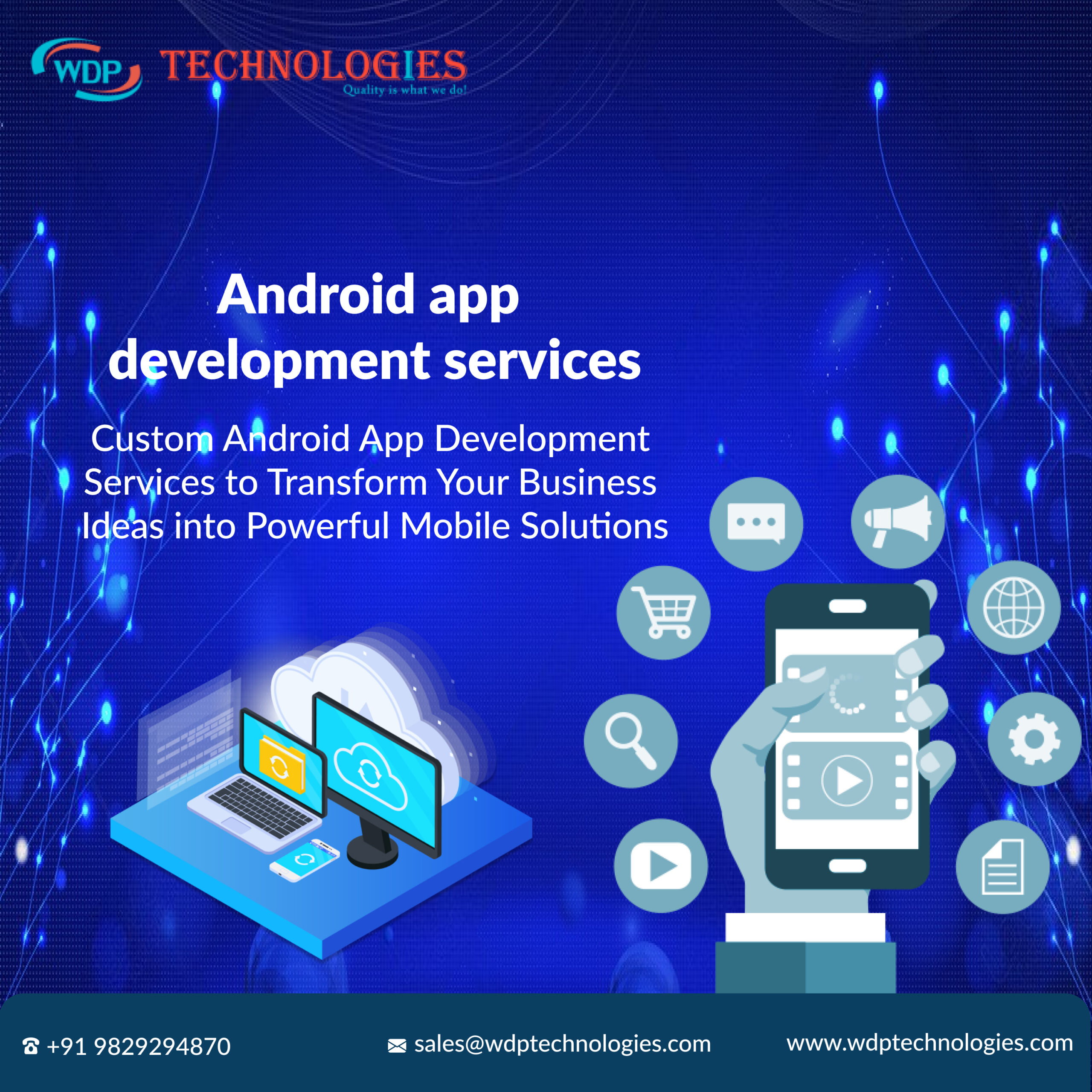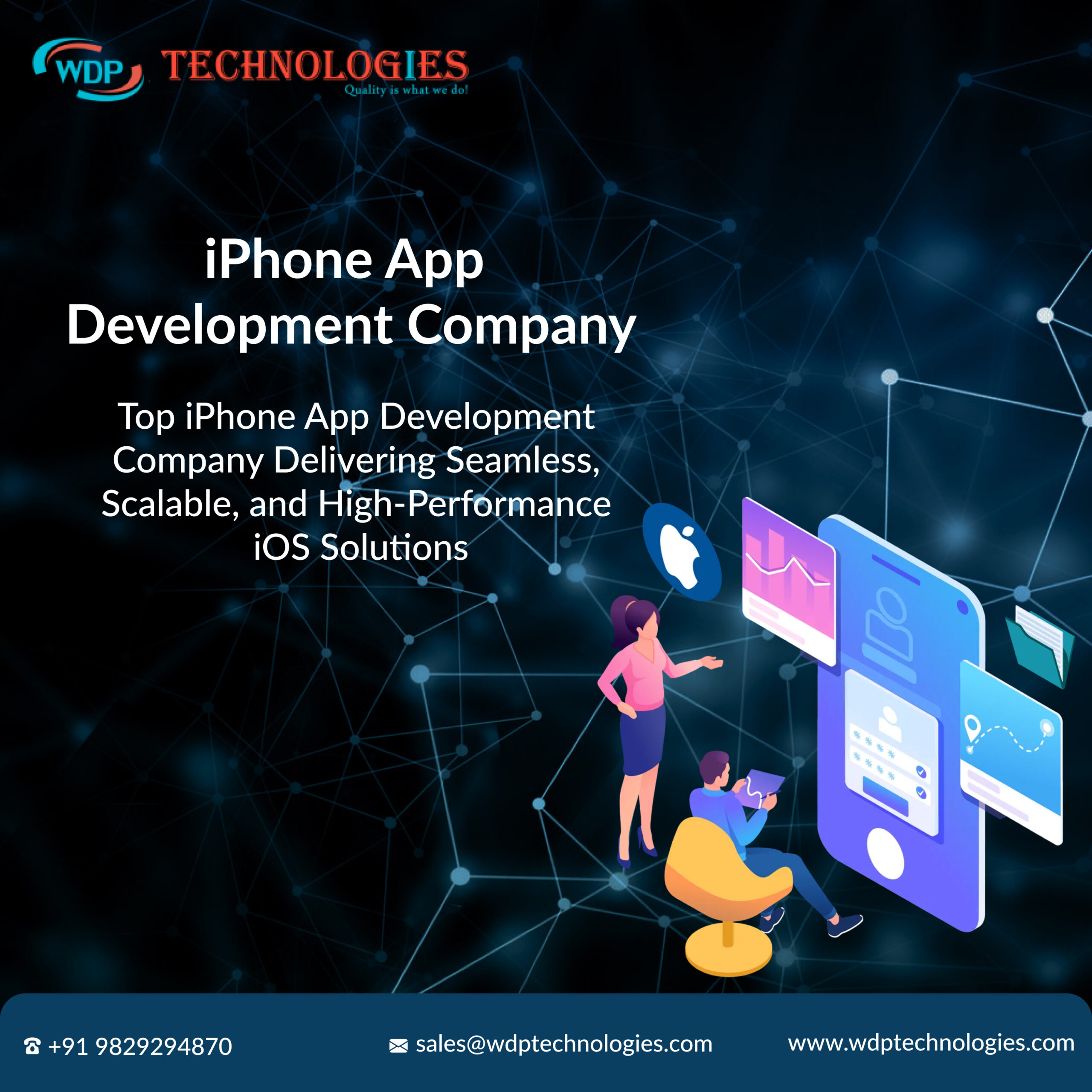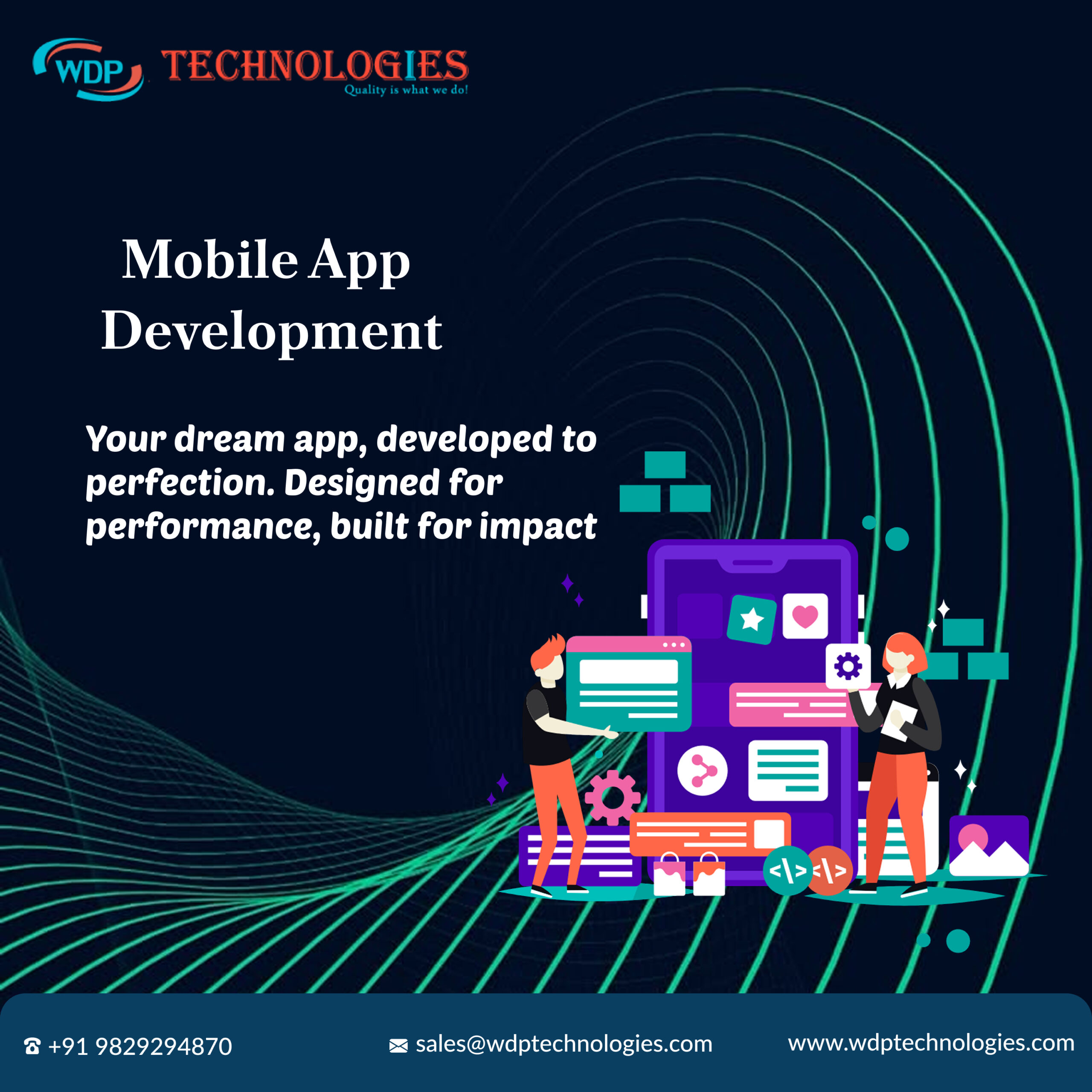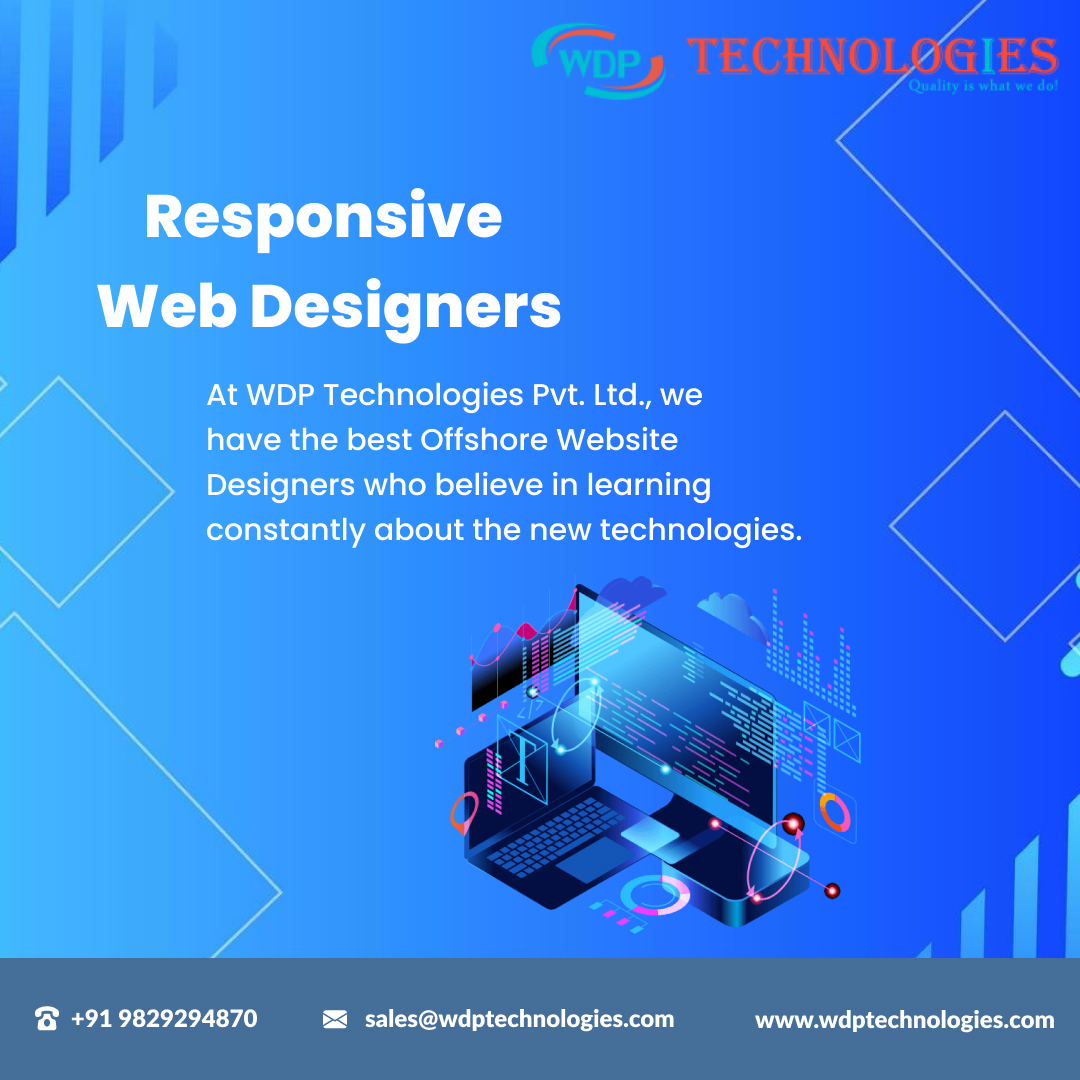Introduction
The education sector is undergoing a massive transformation, and with technology evolving rapidly, it’s crucial to explore innovative ways to make learning more interactive, engaging, and accessible. Here are 10 education app ideas that could revolutionize learning in 2025.
1. AI-Powered Personalized Learning App
Imagine an app that tailors lessons, quizzes, and study material based on a student’s learning pace, style, and strengths. Using AI and machine learning algorithms, this app will adapt content and provide personalized learning paths, ensuring that every student gets the attention they need.
Key Features:
Adaptive learning pathways
AI-driven progress tracking
Personalized feedback and suggestions
2. Virtual Reality (VR) Classroom App
With VR technology, students can immerse themselves in a virtual classroom, bringing subjects to life. Whether it’s exploring the solar system or walking through ancient history, a VR classroom would provide a rich, interactive experience.
Key Features:
Immersive 3D environments
Virtual field trips
Real-time teacher interaction
3. Interactive Coding and Robotics Learning App
The demand for coding and robotics skills is ever-growing. This app will help students learn how to code and build robots through hands-on challenges and gamified lessons. Whether it’s app development or building a robot, this app would teach kids important STEM skills.
Key Features:
Step-by-step coding tutorials
Robotics kits and simulations
Gamified learning with challenges
4. Language Learning with Real-Time Translation
This app will break down language barriers by providing real-time translation for students and teachers. With voice recognition and machine learning, users can instantly translate and learn new languages, improving language skills in practical, real-world scenarios.
Key Features:
Real-time voice translation
Interactive language lessons
Practice with native speakers
5. Mind Mapping and Study Planning App
Mind mapping is an effective way to organize thoughts and ideas. This app will allow students to create visual study plans, brainstorm ideas, and track their academic progress, making complex subjects more manageable.
Key Features:
Interactive mind-mapping tools
Study planning and goal setting
Collaboration with peers for group projects
6. Peer Tutoring and Collaboration Platform
This app would connect students with peers and expert tutors for personalized learning experiences. Using video chat and interactive features, students could get help on homework, participate in group study sessions, and collaborate on projects.
Key Features:
Video chat with tutors and peers
Group study rooms
Homework help and collaborative projects
7. AR-Based History and Geography App
Imagine learning history and geography through Augmented Reality (AR). With this app, students can explore ancient civilizations, historical battles, or the world’s landmarks in 3D, making subjects more engaging and memorable.
Key Features:
AR-based historical reconstructions
Virtual tours of world landmarks
Interactive geography lessons
8. Mental Health and Mindfulness App for Students
Education is not only about academics; mental health plays a crucial role in student success. This app would offer mindfulness exercises, stress-relief activities, and coping strategies tailored to students to improve their emotional well-being.
Key Features:
Guided meditation sessions
Stress-relief games and activities
Mental health tracking and support
9. Career Guidance and Skill Development App
This app would provide career counseling, skill-building courses, and internship opportunities. Students could explore various career paths, gain insights from industry experts, and acquire skills relevant to their future careers.
Key Features:
Career assessments and guidance
Industry-specific skill development courses
Internship and job opportunities
10. Sustainable Development Education App
With the growing importance of sustainability, this app would educate students on environmental issues, sustainability practices, and green technologies. Through interactive lessons, challenges, and projects, students would learn how to contribute to a sustainable future.
Key Features:
Interactive lessons on sustainability
Environmental impact tracker
Green technology and innovation projects
Conclusion:
The future of education is bright, and the possibilities are endless. With these innovative app ideas, learning in 2025 will be more engaging, personalized, and accessible than ever before. Whether you are an entrepreneur, educator, or developer, these ideas can inspire you to create the next big thing in education technology.

